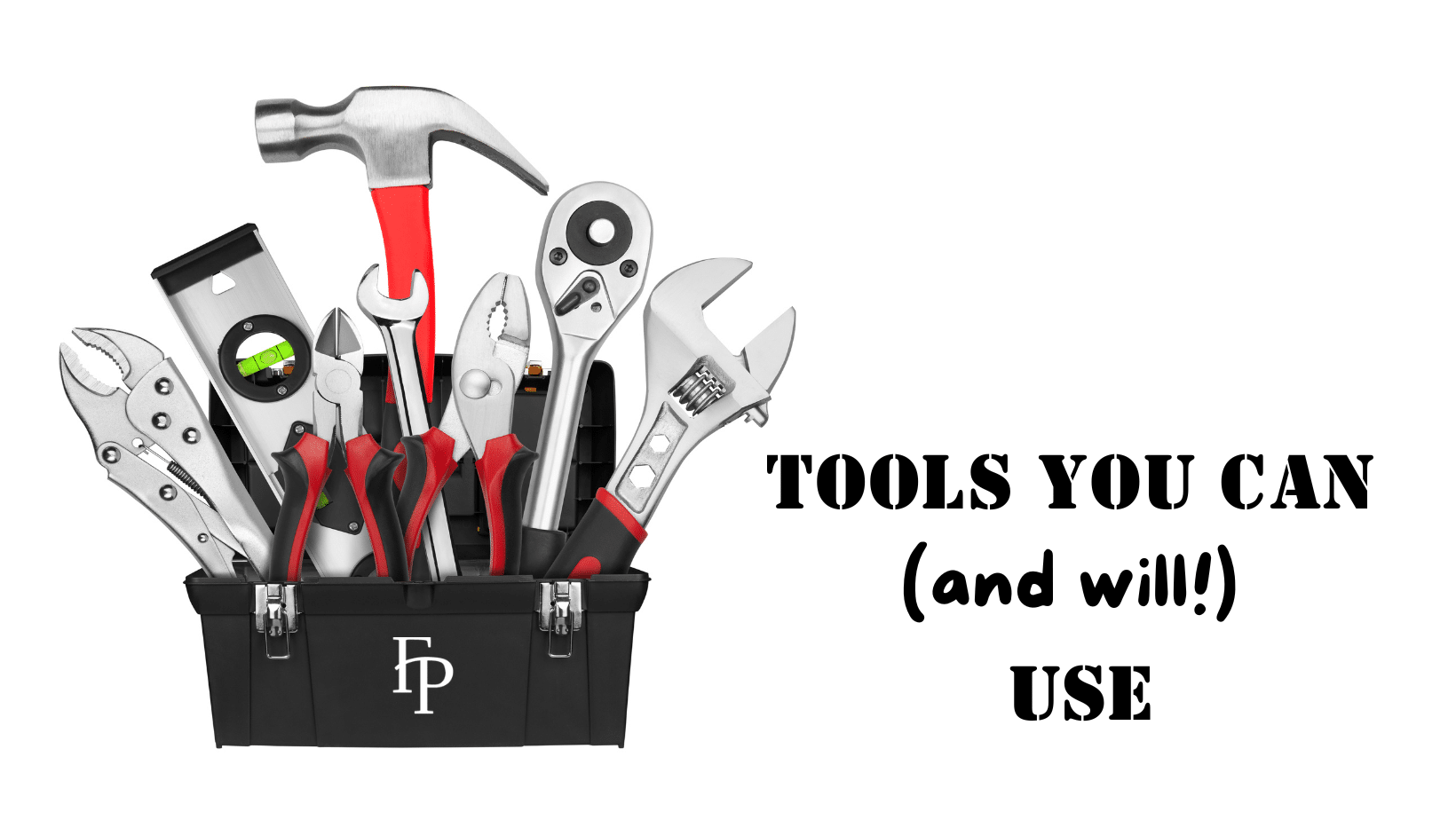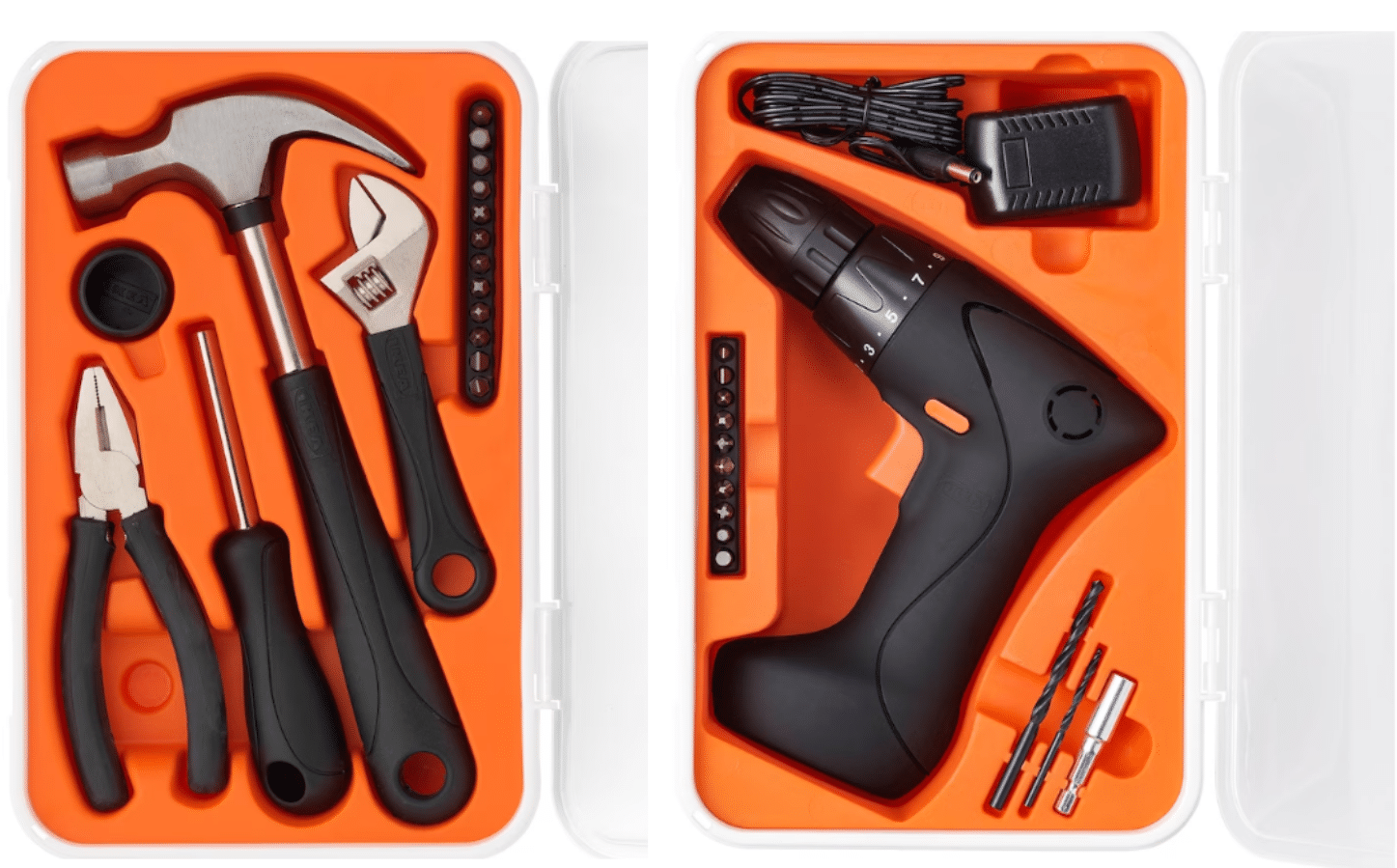When I was a kid, and I will be dating myself here, we had a big old white porcelain sink with two basins. I was the dishwasher and my dad was the disposer of garbage. I washed the dishes because whenever my mom did the dishes, she broke at least one thing. My siblings and I used to joke that she filled the sink with hot, soapy water, added everything that was dirty (dishes, glasses, pots and pans), and stirred the lot with a big stick. A strainer in the sink caught any bits of food (or broken glass LOL). Once everything was washed and rinsed, I emptied the strainer into the trash for my father to take out. Good times. Today we have garbage disposals which are, when used properly (and in my humble opinion), a wonder of the world and saviors of dads everywhere. Because garbage disposals operate virtually trouble-free when used properly.
How many things operate virtually trouble-free when used properly? Best of all, they get rid of the muck when you wash dishes by hand, and the food scraps generated during food prep. But these scraps can get tricky if you try and dispose of the wrong thing. And a meal prep with a broken garbage disposal is no one’s idea of a good time in the kitchen.
Here are some helpful procedures and tips that will lead to a long life for your disposal and easy operation for you.
How To Operate Your Garbage Disposal
- Run a steady stream of cool water into the sink before turning on the garbage disposal.
- Flip the disposal switch to the “on” position before placing any food waste into the disposal.
- Gradually feed food waste into the disposal. Avoid putting large amounts of food waste all at once as this may slow the grinding process. Keep hands away from the inside chamber.
- Once the food waste has been broken down, turn the disposal off. It usually takes only a few seconds to grind food waste, although it depends on the quantity and type of food waste. The sound of the disposal will change when there is no more food waste in the grind chamber.
- Let water run for one or two minutes to flush the drainpipe.
Sounds easy enough, right? But my mother thought her method of washing dishes was easy, and we all know how that turned out. Although the device is easy to use, please take note of the following:
PRECAUTIONS
- Never put your hand down a disposal when it is running.
- Do not use hot water when operating a disposal.
- Never try to put too much through a disposal at once. Slow and steady wins the race.
IN OR OUT?
Garbage disposals are designed to handle just about any type of everyday food waste. But the topic of what not to put in a garbage disposal is alive and well, usually based on myths and old family stories rather than facts.
A good rule of thumb is: if you can’t eat it, neither can your disposal. Everything you put in your disposal should be biodegradable. But here is a more comprehensive list from the makers of InSinkErator Disposals which contains a few caveats.
Disposals can quickly and efficiently grind most everyday food wastes, including leftover meats, vegetables and fruits, as well as food preparation waste. The key to keeping a disposal working properly is to follow the proper operation steps and avoid filling the disposal with too much food waste at one time. But do not put these foods in the disposal:
THE LIST OF NEVERS
- Grease, fats, or oils
- Fibrous materials (cornhusks, artichokes, potato skins, celery, onion skins, carrot tops, banana peels, tea bags, etc.)
- Shellfish shells (clams, oyster) or nutshells
- Expandable foods (rice, pasta, bread)
- Eggshells, coffee grounds (see below)
- Hard materials (bones, fruit pits, cigarette butts, wood, glass, plastic, anything metallic)
- Drain cleaners or bleach
- Dishcloths
ABOUT FAT, GREASE, AND OILS
These items should never go in your disposal. Instead, put used grease, fat, and oil into a small container like a small bowl or rinsed tin can and refrigerate. Once the fats solidify, toss in the trash.
ABOUT COFFEE GROUNDS AND EGGSHELLS
Neither of these materials is harmful to a disposal, and will pass through without a problem. However, problems can arise with household plumbing – especially if it is older, or has not been cleared in some time.
Both coffee grounds and eggshells are sedimentary in nature, if too much is placed in at one time, or if the plumbing is restricted, it can create a clog or a ‘slow drain’ situation. Too help avoid any problems, feed these materials into the disposer gradually, and utilize a strong flow of cold water to help flush it through the pipes. Or, toss these items in the trash or compost them.
ONGOING
- Grind a citrus peel or put baking soda down the drain to keep the disposal odor free.
- Grind ice cubes to clean the unit walls and blades.
- Place the disposal cover or sink strainer over the drain opening when the disposal is not in use, and leave in this position to prevent foreign material from accidentally dropping into disposal.
TROUBLESHOOTING
If the motor has stopped due to overloading, turn the disposal off. Wait three to five minutes, and then push the red reset button (located under the sink on the unit itself). Then follow normal operating procedure.
If the disposal has jammed, turn the power switch to the “off” position before attempting to remove an object. With tongs, remove any objects that might be obstructing the free movement of the blades. In many cases, you can insert a broom handle into the mouth of the disposal and turn it in a circular pattern to free the blades.
When movement is restored to the blades, push the reset button on the disposal unit. Then follow normal operating procedure.
Of course, if you are a resident in a Fath Properties community, and ever run into an issue you cannot resolve yourself, a member of our professional, efficient maintenance team will be happy to help! Just call your leasing office and we will schedule a friendly service tech to come to your apartment home to make everything right.





